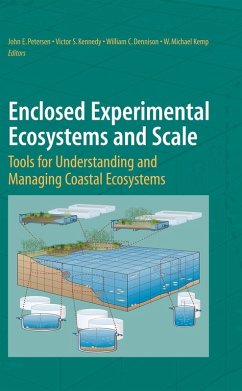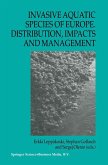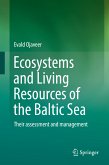Enclosed Experimental Ecosystems and Scale: Tools for Understanding and Managing Coastal Ecosystems provides scientists, managers, and policy makers with an introduction to what has been termed the "problem of scale", and presents information that will allow for improved design and interpretation of enclosed experimental aquatic ecosystems. The book integrates the results of a 10-year research project involving a multi-disciplinary team of scientists and students to explore scale-related questions in a variety of coastal habitats. Anticipating use as a reference, the book has been designed so that individual sections and individual pages can function as stand alone units.
Experimental ecosystems represent a potentially powerful tool for testing and expanding our understanding of the mechanisms that drive ecological dynamics in the coastal zone. The information contained within the pages of this book is intended to help practitioners make the most of this promising approach to ecological research.
Dieser Download kann aus rechtlichen Gründen nur mit Rechnungsadresse in A, B, BG, CY, CZ, D, DK, EW, E, FIN, F, GR, HR, H, IRL, I, LT, L, LR, M, NL, PL, P, R, S, SLO, SK ausgeliefert werden.
"This gem of a book deals with both experimentation and theory as applied to the ecology of coastal systems, covering broad scales of space, time, and complexity. ... The work's prose is succinct and clear, and the figures are abundant and beautifully rendered with lots of color. This comprehensive, practical guide will be valuable to students and researchers who are studying or managing coastal ecosystems. Summing Up: Highly recommended. Upper-division undergraduate through professional collections." (P. R. Pinet, Choice, Vol. 47 (1), September, 2009)
"It provides a nice practical guide for mesocosm users, and would thus be a worth-while purchase for ecologists planning mesocosm experiments, especially in temperate coastal systems. ... offers plenty of material to interest even the most seasoned mesocosm user. ... The use of nontechnical language, lucid illustrations, and a summary style render the volume imminently readable for levels ranging from keen undergraduates planning to honors project to experienced professional ecologists." (John N. Griffin and Brian R. Silliman, The Quarterly Review of Biology, Vol. 85 (3), September, 2010)









